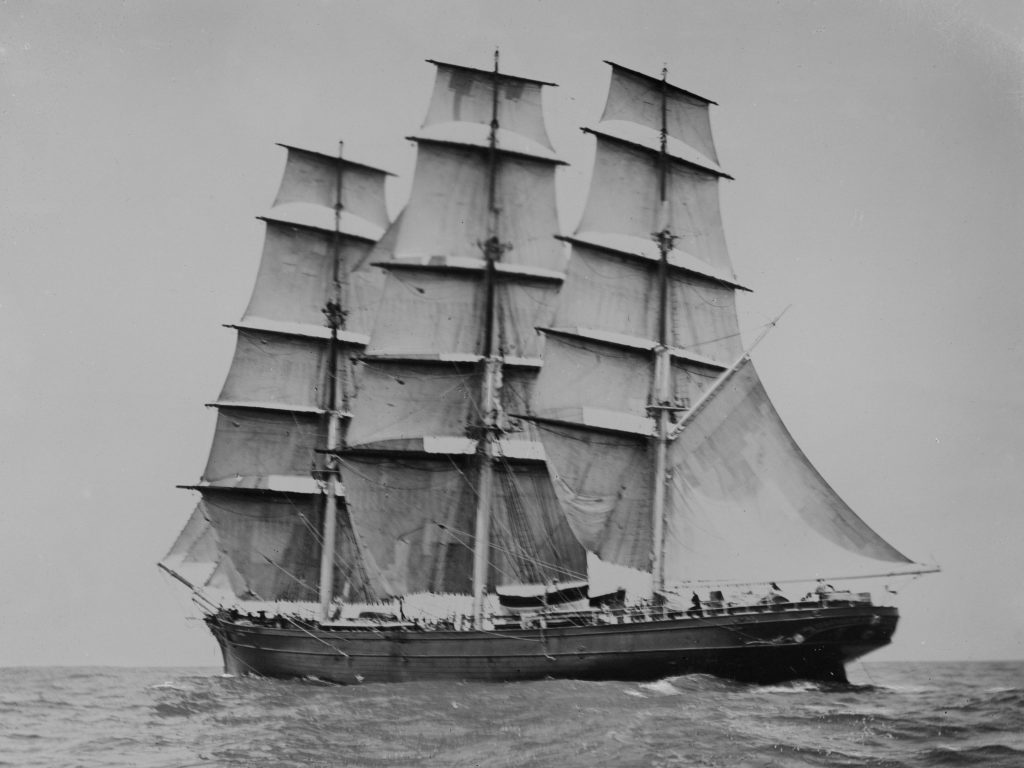Each Tuesday, the intrepid team of TPS History detectives meet to delve into the past and research famous events to coincide with the publishing date of this week’s Courier. This term, as we will shortly be remembering the 100 year anniversary of the WW1 Armistice, we have decided to focus on events which happened between the years 1914-18.
The pupils have only one hour to research, write and illustrate their articles. We hope you enjoy them and discover some fascinating bits of History.
Joanna Hall-Tomkin
Head of History and Pastoral Head Years 5 & 6
Cutty Sark Launched
Cutty Sark was ordered by shipping magnate John Willis, who operated a shipping company founded by his father. The ship was built on the River Clyde and was one of the last tea clippers ever built; she was also one of the fastest, coming at the end of a long period of design development, which halted as sailing ships gave way to steam propulsion. The company had a fleet of clippers and regularly took part in the tea trade from China to Britain. Speed was a clear advantage to a merchant ship, but it also created prestige for the owners: the ‘tea race’ was widely reported in newspapers of the time and had become something of a national sporting event, with money being gambled against a winning ship.
The unusual name of the ship comes from the nickname of the witch Nannie Dee in Burns’ 1791 poem Tam o’ Shanter. The ship’s figurehead, the original of which has been attributed to carver Fredrick Hellyer of Blackwall, is a stark white carving of a bare-breasted Nannie Dee with long black hair holding a grey horse’s tail in her hand. In the poem she wore a linen sark (Scots: a short chemise or undergarment), that she had been given as a child, which explains why it was cutty, or in other words far too short.
The opening of the Suez Canal (also in 1869) meant that steamships now enjoyed a much shorter route to China, so Cutty Sark spent only a few years on the tea trade before turning to the trade in wool from Australia, where she held the record time to Britain for ten years. Improvements in steam technology meant that gradually steamships also came to dominate the longer sailing route to Australia, and the ship was sold to the Portuguese company Ferreira and Co. in 1895 and renamed Ferreira. She continued as a cargo ship until purchased in 1922 by retired sea captain Wilfred Dowman, who used her as a training ship operating from Falmouth, Cornwall. After his death, Cutty Sark was transferred to the Thames Nautical Training College, Greenhithe in 1938 where she became an auxiliary cadet training ship alongside HMS Worcester. By 1954, she had ceased to be useful as a cadet ship and was transferred to permanent dry dock at Greenwich, London, for public display, where she remains.
Joanna Hall-Tomkin





